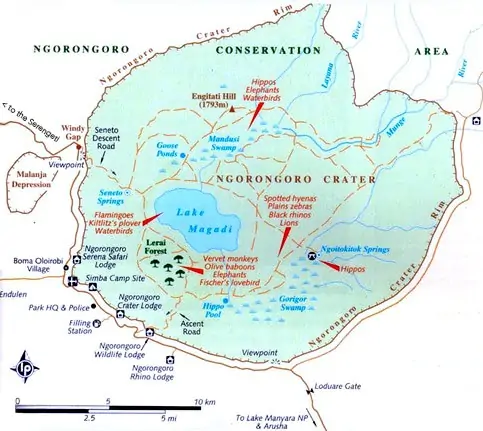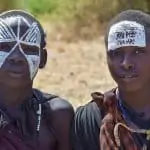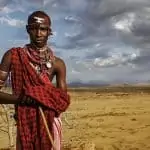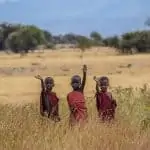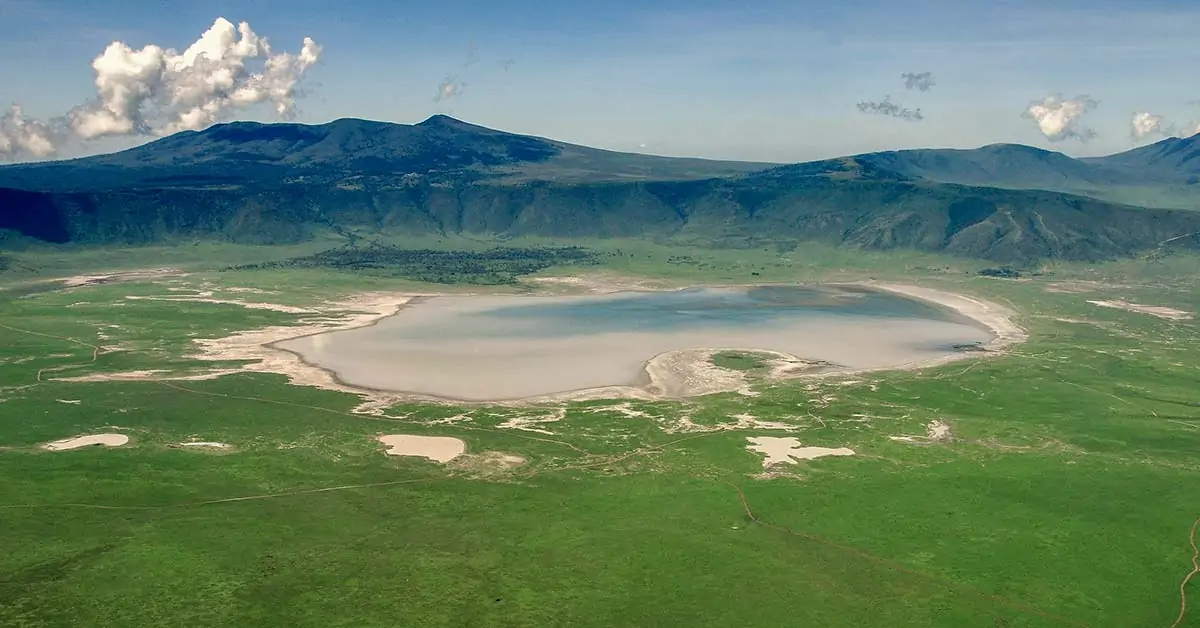 Tanzania is an outdoor adventure dreamland. It is know for its National Parks. Especially the Serengeti National Park and Mount Kilimanjaro National Park, These parks bring tourists to Tanzania by the thousands every year. There is a lesser known, yet equally amazing park that is a Tanzania must-see. The Ngorongoro Conservation Area (NCA). The Ngorongoro Crater is technically not a national park, but it is well worth the trip.
Tanzania is an outdoor adventure dreamland. It is know for its National Parks. Especially the Serengeti National Park and Mount Kilimanjaro National Park, These parks bring tourists to Tanzania by the thousands every year. There is a lesser known, yet equally amazing park that is a Tanzania must-see. The Ngorongoro Conservation Area (NCA). The Ngorongoro Crater is technically not a national park, but it is well worth the trip.
The NCA is within easy driving distance of the Serengeti, Lake Manyara, and Tarangire National Parks. The NCA is very accessible from many of northern Tanzania’s tourist destinations. It takes its name from the Ngorongoro Crater it contains, a two to three million-year-old volcano which collapsed on itself. It is believed to once have been taller than Mt. Kilimanjaro before the cone collapsed. Many consider it one of the great natural wonders. As the world’s largest intact volcanic caldera (with a diameter of approx. 11 miles), it has been a UNESCO World Heritage Site since 1978.
The view from the rim of the crater is simply breath-taking. The crater floor contains a vast population of wildlife. The floor is awash in color—green of the dense vegetation contrasts with the brown of the grasses and the blue of the crater lake. With a telescope, like the ones on the balcony of the Ngorongoro Wildlife Lodge you can see herds of elephant, wildebeest and zebra.
However, despite the view, the experience doesn’t truly begin until you descend into the crater.
Most of the northern area is covered in grass. This grass attracts grazing animals like wildebeest, buffalo, gazelle, and zebra. Elephants can occasionally be spotted, but they are less common here than in neighboring Tarangire. Bordering this grazing paradise is Lake Magadi, south of which the Lerai Forest can be seen, mostly made up of trees similar to the acacia found elsewhere in Tanzania. This is where you may spot giraffes stretching their long necks high up into the trees to eat.
To the east of Lerai, pods of hippos wade in the Ngoitokitok Springs. You can park and walk to the edge of the spring to watch the Hippos. Be careful, don’t get too close they are the deadliest animal in Africa. There are also bathrooms and a picnic area here.
Human History
Another interesting fact of Ngorongoro Crater is the human history. The Maasai named the crater El-Nkoronkoro, which translates as ‘gift of life.’ This is an appropriate name since man has been here since the beginning of time. The Crater is in close proximity to the Olduvai Gorge. Olduvai is famous for the archeological discovery of “Lucy” the first human remains. Also near the Crater, the Laetoli footprints were discovered. They are the oldest humanoid footprints on record.
The Maasai
Perhaps even more interesting than the remains of ancient people are the Maasai people. The Maasai have lived in the area for hundreds of years. Around 42,000 Maasai remain today. While they aren’t allowed to live inside the crater, they are allow to let their cattle graze inside.
Just outside the Crater rim lies several Maasai villages, called bomas. There are a few Maasai bomas where outsiders are welcome, and tourists can visit and stay overnight. The bomas are a chance to see ancient traditions where visitors can see many craftsmen hard at work. Many of the Maasai are fluent in English—in addition to their native tongue of Maa— so you can communicate with them. Please be aware, though, you need to ask permission to take pictures of the Maasai. It usually costs a dollar. This includes any you may pass on the roadside.
In conclusion, because the Ngorongoro Crater is relatively small in comparison to parks like the Serengeti, it can get rather crowded during peak seasons. Book in advance to make sure there is room at the limited lodging. After all, it is a crater rim and there is only a few stable areas to work with. If you are traveling to Tanzania, the Ngorongoro conservation area is a must-see that should definitely be included on your Tanzanian to-do list.


